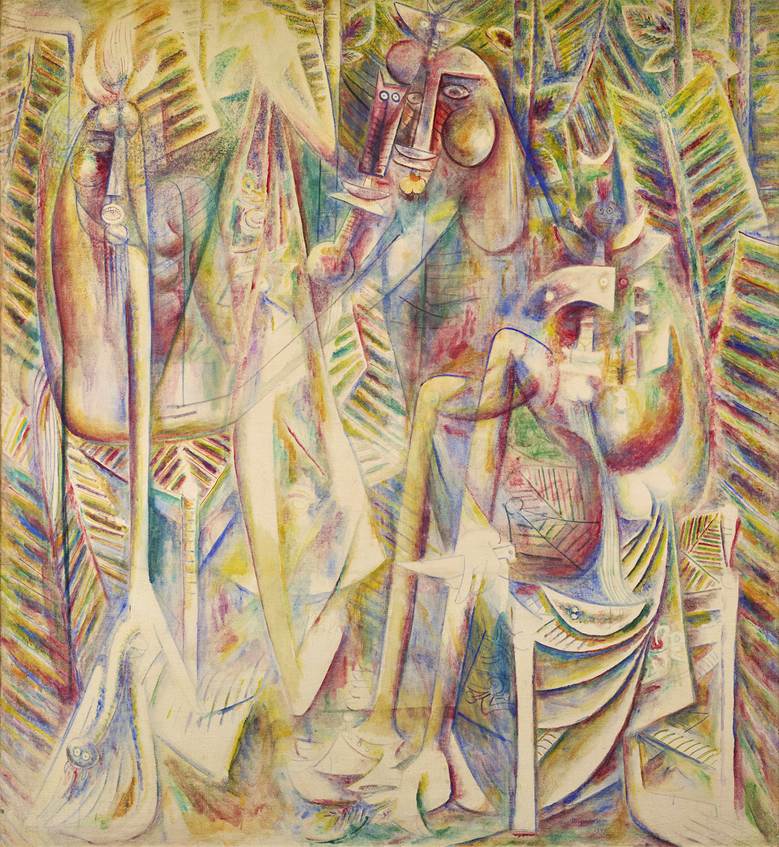Latin American Culture Won’t Just Add Flavor to the World, It Will Set the Menu By 2026

From stadium tours and streaming slates to bestselling books and museum walls, Latin America’s creators are no longer seasoning global culture; they’re shaping it. What was once niche is now mainstream, rewriting the economics and imagination of entertainment worldwide.
From Periphery to Powerhouse
Latin America has been exporting culture for generations. García Márquez and Vargas Llosa reshaped the modern novel; Mexico’s “three amigos” of film, Guillermo del Toro, Alejandro Iñárritu, and Alfonso Cuarón, turned the Oscars into home decor; and telenovelas found audiences from Istanbul to Mumbai. What’s different now is the scale and simultaneity.
The world’s soundtracks, screens, and bookshelves are vibrating on a Latin American frequency: Puerto Rico’s Bad Bunny and Mexico’s Peso Pluma top U.S. charts. Regional Mexican music has overtaken rock and country in key markets. Netflix is spending billions in Mexico alone. The region’s artists now speak to three audiences at once: Latin Americans at home, a 60-million-strong Hispanic community in the U.S., and a global crowd that discovers a Spanish hook on TikTok today and binges a Colombian series tomorrow.
The center of gravity has shifted. What used to be called “world music” or “foreign cinema” now dominates prime-time playlists and award circuits. Latin creators have stopped exporting curiosities; they’re exporting standards.
Phones, Diaspora, and the Language Loop
The revolution runs on infrastructure as much as inspiration. Half a billion mobile users in Latin America spend more time on YouTube and TikTok than anywhere else on Earth, collapsing borders with every upload. A clip filmed in Medellín can trend in Manila before sunrise.
The diaspora acts as an amplifier and distribution network. In the U.S., one in five people is Hispanic. They set radio playlists, club calendars, and algorithmic trends, nudging everyone else toward their cultural orbit. Every Latin crossover hit triggers another ripple: language. Spanish is the world’s second-most-spoken native language, and every viral chorus sparks a spike in downloads of Spanish-learning apps. Fans want to sing without subtitles.
Even English-language pop now moves to a tresillo rhythm —the 3-3-2 heartbeat of reggaeton — woven into tracks by Drake, Beyoncé, or Dua Lipa. Latin beats aren’t just crossing over; they’re remapping what global pop feels like. Culture becomes conversation, and the world is learning to dance in Spanish.
Streamers, Screens, and the Creative-Economy Engine
Streaming finished what satellite TV began: instant access from anywhere. In 2025, Netflix pledged $1 billion in Mexican production by 2028, a wager on a storytelling ecosystem already producing global hits. ViX, Televisa Univision’s new platform, is the fastest-growing streamer in the Americas, proof that Spanish content isn’t a niche, it’s a hemisphere.
Meanwhile, local filmmakers in Mexico, Brazil, and Colombia are selling stories, not stereotypes. Narco dramas still travel, but so do art films and comedies about ordinary lives. A Paraguayan documentary, Under the Flags, the Sun, swept European festivals in 2025. Brazil restored screen quotas in 2024, requiring cinemas to show domestic films, and a year later, the Brazilian production I’m Still Here won the Oscar for Best International Feature Film, the country’s first.
Beneath those headlines beats a bigger machine: the creative economy, the web of industries that turn imagination into export. Design, music, gaming, publishing, architecture, and advertising together employ millions of people. Buenos Aires counts culture as 8.6% of GDP and 9% of its workforce. Colombia’s economía naranja contributes 3.4% of GDP and has its own ministry. Mexico’s audiovisual sector generates hundreds of billions of pesos a year. Brazil’s creative industries employ over 11 million people and make up more than 10% of GDP.
Across the region, governments are waking up to what creativity can earn. MERCOSUR has launched “MERCOSUR Cultural,” linking programs that scale these industries. The Inter-American Development Bank estimates that the Americas already generate $87 billion in creative exports, roughly 14% of the world’s total.
The sector’s resilience is its quiet strength. In the 2009 global recession, oil exports plunged 40%; creative exports fell only 12% and then rebounded 4% a year. During COVID-19, while theaters went dark, mobile games, digital art, and virtual concerts lit up new business models that never went away. Ideas travel faster than cargo.

Beats, Books, Podcasts, and Galleries Go Global
Music is the loudest messenger. In 2024, Latin music generated $1.4 billion in U.S. sales, and the growth curve still points north. Bad Bunny headlines the world’s largest stadiums. Karol G, Bizarrap, and Peso Pluma release hits that loop on every continent. English-language stars chase collaborations to catch the wave, embedding Spanish verses and Caribbean rhythms into global pop DNA.
Publishing is booming, too. Translators can’t keep up with the demand for Fernanda Melchor, Cristina Rivera Garza, and Mariana Enríquez, whose gothic short stories now have cult followings from Berlin to Brooklyn. Podcasts have become borderless franchises: Chile’s sci-fi thriller Caso 63 has been adapted into Portuguese, Hindi, and an English version starring Hollywood names, proof that audio storytelling can travel as well as cinema.
Visual art follows the beat. Major museums in New York, London, and Madrid now dedicate permanent wings to Latin American artists. Art Basel Miami Beach functions as the region’s global stage, while painters and sculptors like Oscar Murillo, Adriana Varejão, and Tania Candiani rotate through the Venice Biennale and top galleries.
The 20th century treated Latin America as the world’s color and soundtrack; the 21st is giving it authorship. By 2026, the region won’t just spice up global culture; it will set the menu, deciding which stories get told, which rhythms define the dance floor, which creators get paid first, and how imagination itself is valued.
And somewhere between a reggaeton beat and a Bogotá short story, the world is already speaking with a Latin accent.
Also Read: Mangrove Honey, Women’s Work: How Panama and Peru Turn Bees Into a Coastal Shield





